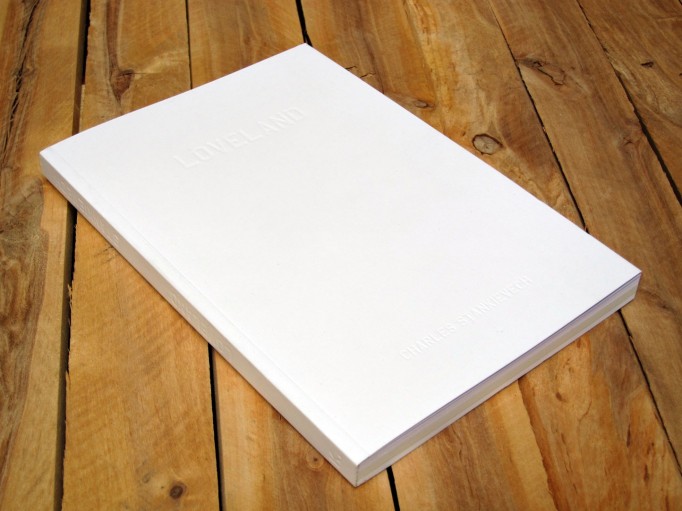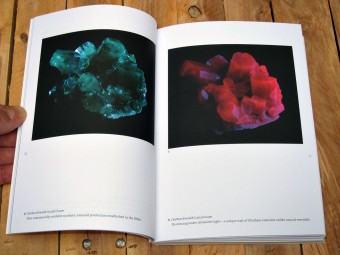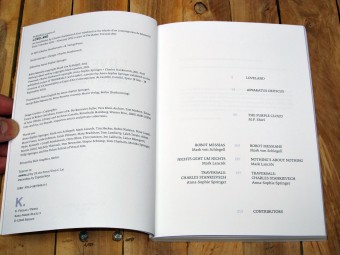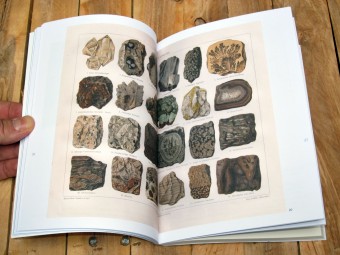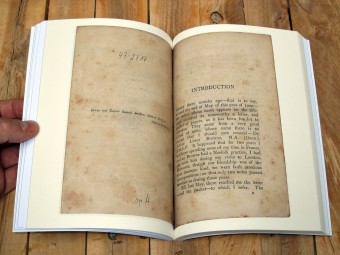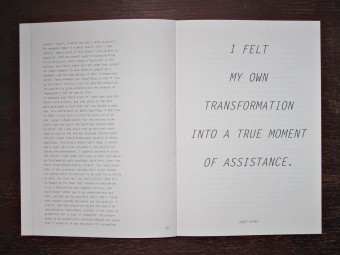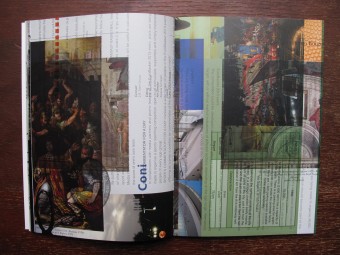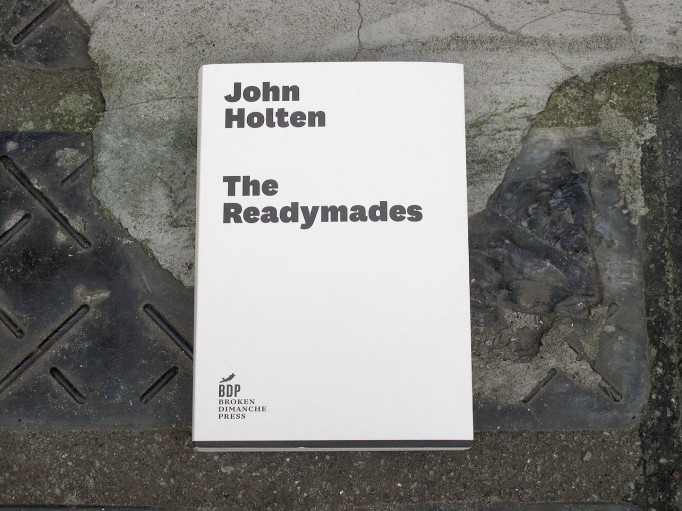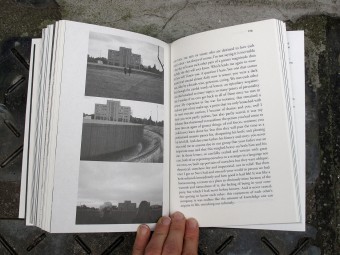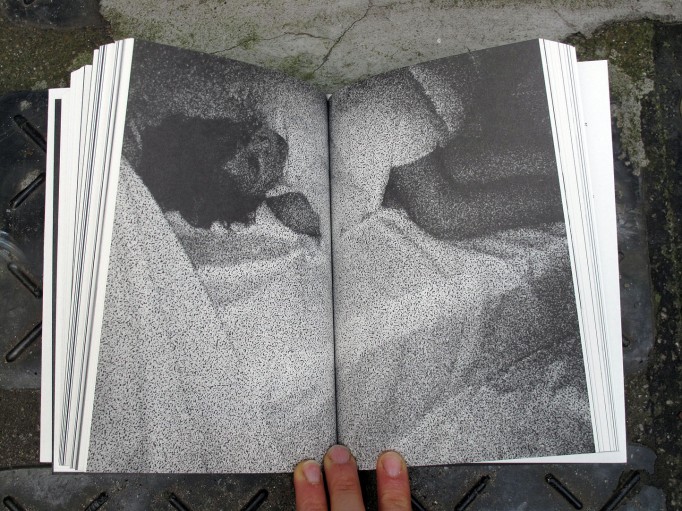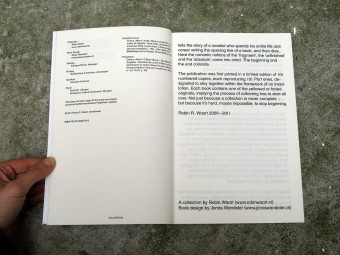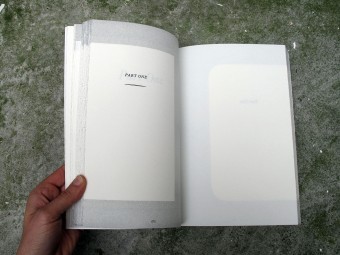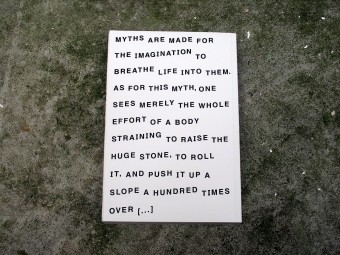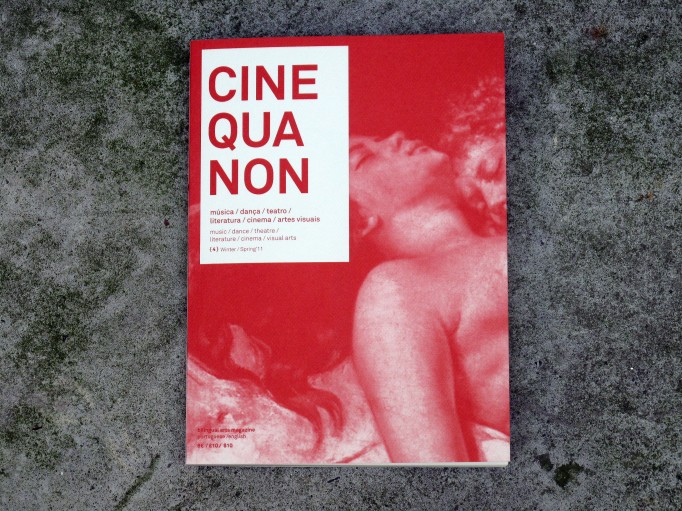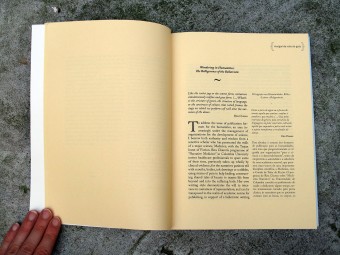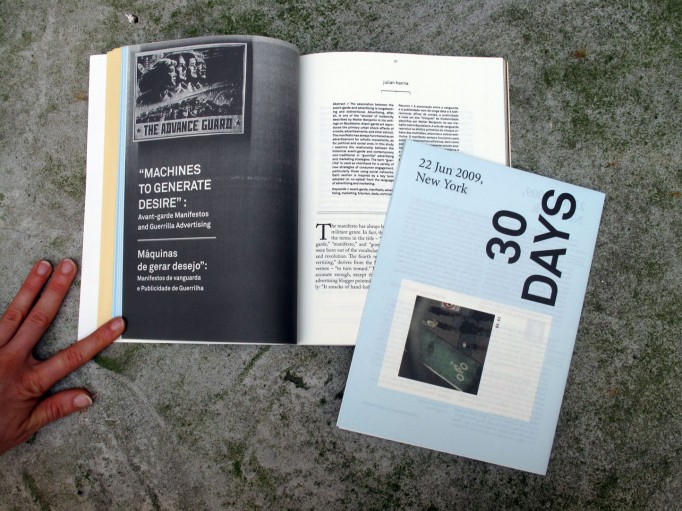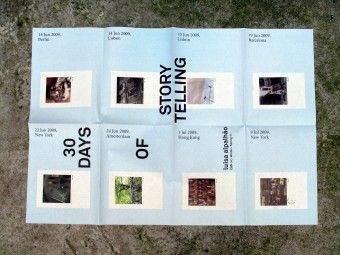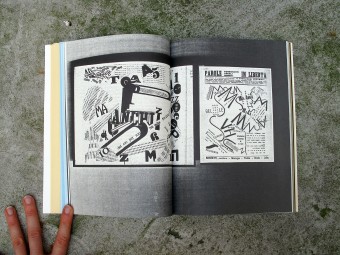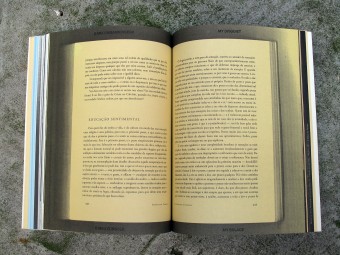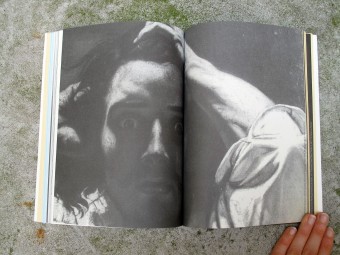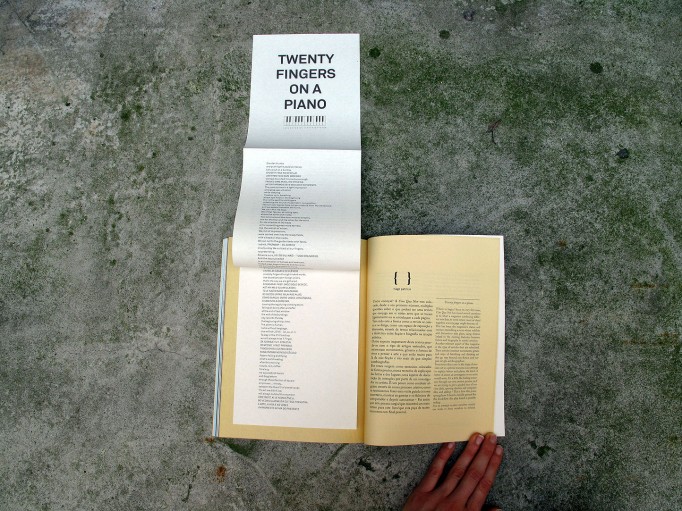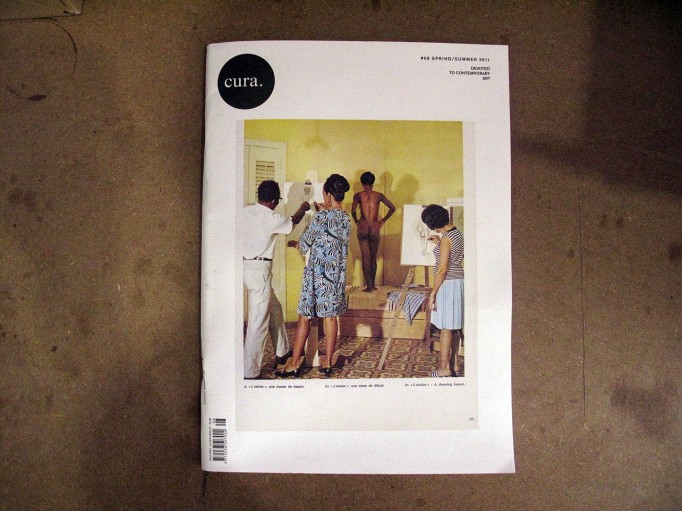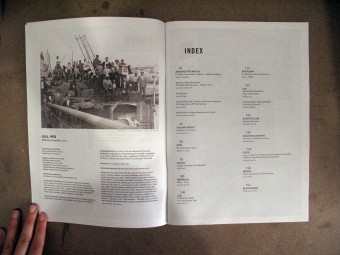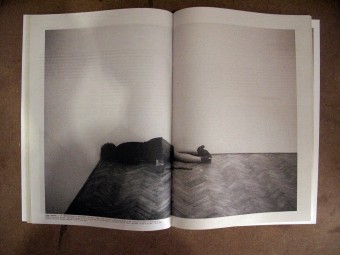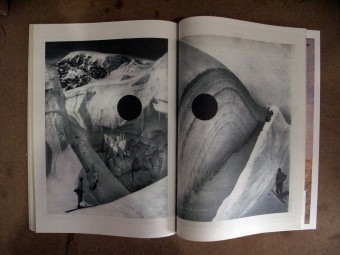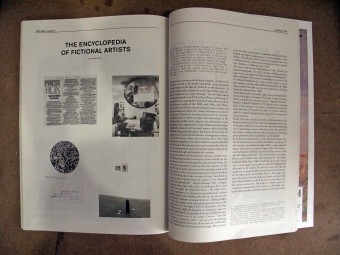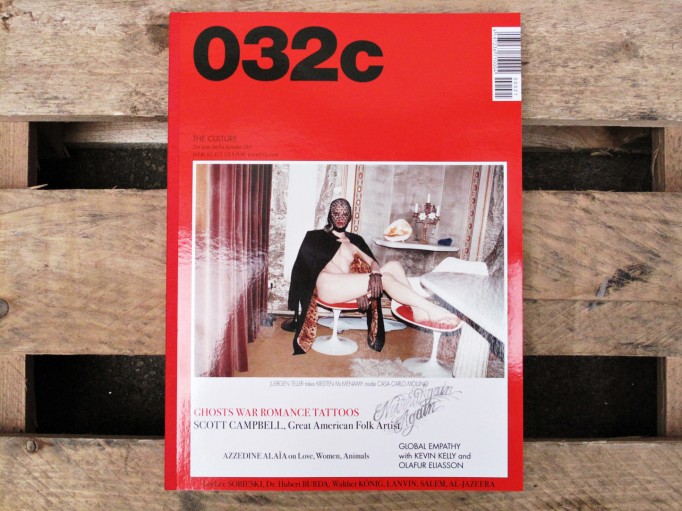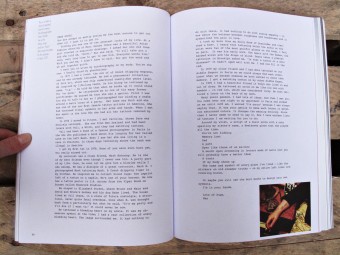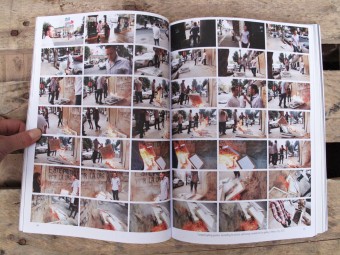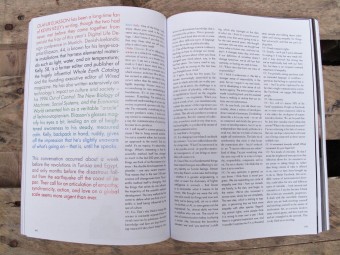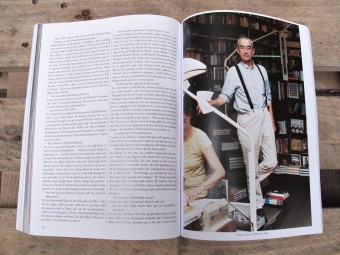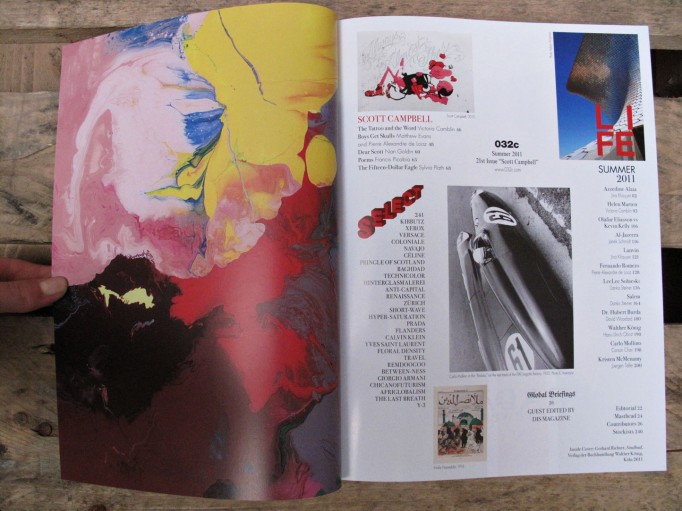Loveland. Charles Stankievech. K. Verlag
Posted in literature, writing on November 3rd, 2011Tags: Anna-Sophie Springer, Charles Stankievech, K Verlag, Loveland, M.P. Shiel, Mark Lanctôt, Mark von Schlegell
Loveland. Charles Stankievech.
Concept + Design by Charles Stankievech
With Texts by M.P. Shiel, Mark von Schlegell, Mark Lanctôt + Anna-Sophie Springer
LOVELAND is a monograph conceptualised and designed by Canadian artist Charles Stankievech that collects primary sources, fiction and critical texts for his artwork produced for the Musée d’art contemporain de Montréal and the Sobey Art Award in the Fall of 2011. Typical of the artist’s research methodology, the book links a spectrum of fields across a broad span of history. Somewhere between the two poles of colour field painting and military colonisation in the Arctic, Stankievech has created a dense web that connects the birth of synthetic pigment and chemical warfare to the Romantic landscape and contemporary geopolitical issues. As curator Mark Lanctôt writes in his critical essay: “Stankievech’s work … directs us away from a-political modernist pictorial utopias towards something more telling: how the relationship between the narrative of history and the site it is connected to can veer into unsuspecting directions, escaping our perceived mastery over it.”
An exquisite edition of 300 with letterpress embossed cover, collation of unique paper stock for each section and 5 colour offset printing.
D 22€
AVERE LUOGO. Nora Schultz. NERO
Posted in literature on September 15th, 2011Tags: Adrienne Drake, Aurelia Di Meo, Barbara Buchmaier, Francesco de Figueiredo, Gilda Aloisi, Josef Strau, Lina Protopapa, Lorenzo Micheli Gigotti, NERO, Nora Schultz, NTL
AVERE LUOGO. Nora Schultz. NERO
The catalogue is published in conjunction with the exhibition by Nora Schultz avere luogo,
October 12 – December 31, 2010 at Fondazione Giuliani per l’arte contemporanea.
The final section of the catalogue is a special project carried out by the artist in collaboration with NERO.
The 32 pages are part of a selection of over 2,000 70 x 100 cm test sheets originating from the Marchesi printing houses, used for the print machines’ start-up. The layouts of the books to be produced are printed on
these sheets, one on top of another. This gives rise to a series of palimpsests, characterized by a
stratification of levels which, randomly overlapped, create abstract images of an almost sculptural physicality. Given that this special project is composed of recycled material, each one of these catalogues, in a limited edition of 1,000 copies, is unique and original.
D 25€
The Readymades. John Holten. Broken Dimanche Press
Posted in history, literature, writing on August 31st, 2011Tags: Broken Dimanche Press, John Holten
The Readymades. John Holten. Broken Dimanche Press
John Holten’s debut novel The Readymades uses and abuses a number of literary genres: found texts from the history of modern art, witness testimonies, press releases and the narrative style of art-historical accounts. The novel emerges from one of Félix Fénéon’s infamous three-sentence ‘novels’ – appropriated mini-stories from French newspapers – and from the starting point of Fénéon’s narrative readymade, Holten has extrapolated a whole missing art movement and their contemporary European picaresque saga.
The action begins during October 2008 in Paris, with John, a young Irish publisher, meeting the jaded Serbian artist Djordje Bojić. Bojić tells John about the manuscript he is writing: the history of the LGB Group – an Eastern European neo-avant-garde collective that arose in the turbulent environment of mid-1990s Belgrade, when Bojić and his friends, recently returned from the war in Bosnia, started to produce art in order to escape the hysterical nationalism all around them.
Bojić’s manuscript makes up the final part of the novel. Starting out as an academic attempt to document the LGB Group, the sober attitude of the art-historical account soon collapses, and the narrative gradually turns into a disclosing life-story of violence and existential decay. As the manuscript moves closer to the horrific truths of Bojić’s own war experiences, the testimony gradually fails, becomes full of mute lacunas in order to finally reach the ineffable climax of the testimony: the aphasia of trauma, the dumbness of loss, and the ultimate silence of Bojić’s own death.
By juxtaposing the experience of war, the urge for artistic creation and the act of narrating the past, The Readymades launches a double strategy in which the artistic gesture becomes an attempt to overcome war, while simultaneously forced to partake in it. Because art (at least since the original Dada gesture) has sought its own raison d’être in an ongoing dialectic of defiance, transgression and negation of the status quo, it must inevitably find its own dynamic intrinsically linked to acts of violence. With a unique book design, this mise-en-abyme presents a book-within-a-book that takes the reader on a journey to the darker corners of contemporary European history. In collaboration with the Serbian artist and filmmaker Darko Dragičević, Holten has produced a catalogue of LGB artworks and memorabilia, presented both in the book and in exhibition-spaces throughout Europe this coming autumn. In other words: The Readymades is not just a novel, but also an on-going ‘fictitious event’, pushing against any sedate conception of what the literary novel can achieve today, at once not afraid of today’s ‘reality hunger’, nor the legacy of postmodernism.
340 pp., 32 b&w ill.
18.5 x 13 cm
ISBN: 978-3-00-032627-1
D 18€
Available for Distribution
Part one, Second edition. By Robin Waart
Posted in literature on August 30th, 2011Tags: Most beautiful swiss books, Robin Waart, Schönste Schweizer Bücher
Part one, Second edition. By Robin Waart
Part one is a collection of pages from English books and (mostly) novels, featuring pages with only the words Part one/Part I/Part etc. The book, designed by Jonas Wandeler, contains 101 pages and was printed in an edition of 101, and nominated one of the Most Beautiful Swiss Books 2010. The second “market” edition was printed in 202 copies and nominated one of The Best Dutch Book Designs 2011.
D 49€
JFL: WHAT DOES “WHY” MEAN? . Octavian Esanu . J&L Books
Posted in literature, Motto Berlin store, writing on August 13th, 2011Tags: J&L Books, Octavian Esanu


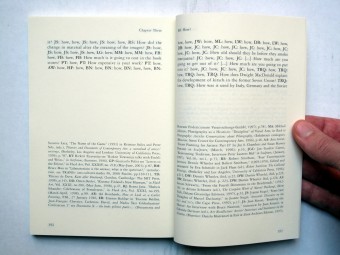
JFL: WHAT DOES “WHY” MEAN? . Octavian Esanu . J&L
Hilarious and profound. This book has so many layers of meaning that you can read it every day for the rest of your life. In 2001, while residing at Akademie Schloss Solitude in Stuttgart, artist and curator Octavian Esanu read hundreds of interviews and essays by artists and art critics. He then formed a new text out of questions about art, that he culled from his readings. Each question is duly footnoted. Originally published in 2002 in Germany by Edition Solitude, JFL: What Does “Why” Mean? is now available in North America, re-typeset and printed by J&L.
Octavian Esanu is a Moldovan artist and a Ph.D Candidate at Duke University.
D 12 €
Cardinal Pölätüo . Stefan Themerson . Gaberbocchus
Posted in literature, writing on August 12th, 2011Tags: Freud, Gaberbocchus, Stefan Themerson






Cardinal Pölätüo . Stefan Themerson . Gaberbocchus
Cardinal Pölätüo is the biography of Guillaume Appollinaire’s anonymous father, who turns out to be an ecclesiastic with a murderous interest in modernist poetry, a faith based on science, and a dreamlife so frankly obscene that only a dictionary of Freudian symbols can explain its innocence.
English
184 pages
ISBN 0825470517
D 15 €
Cine Qua Non #4
Posted in Film, literature, magazines, music, poster on August 6th, 2011Cine Qua Non #4
Bilingual Arts Magazine – Winter/Spring 2011 #4
Cine Qua Non is an arts magazine of the University of Lisbon Centre for English Studies (ULICES) built up by movements in written form that freely crisscross reflections, reviews or essays; movements that relate music to visual arts, dance to theatre, cinema to literature. This publication intends to submit its readers to a unique editorial approach that gathers artists, researchers and teaching staff, Portuguese or foreign, proposing texts of different nature about diverse artistic expressions. Cine Qua Non is, since its first printed issue, an entirely bilingual publication (Portuguese/English) that is presented in both versions: an online edition and a printed one.
INDEX
|| EDITORIAL | DISQUIET
Ana Luísa Valdeira da Silva
|| WONDERING IN HUMANITIES:
THE BELLIGERENCE OF THE BELLETRISTIC
Margarida Vale de Gato
from abroad
|| 30 DAYS OF STORYTELLING
Luísa Alpalhão
|| IMAGE DRAMATURGY
Krystian Lada
|| WAITING FOR A MISTAKE
Brian Putnam
//
Essays
|| “MACHINES TO GENERATE DESIRE”: AVANT-GARDE MANIFESTOS AND GUERRILLA ADVERTISING
Julian Hanna
|| ÉTANT DONNÉS: 1º LA CHUTE D’EAU. 2º LE GAZ D’ECLAIRAGE
VS L’ORIGINE DU MONDE
Catarina Patrício
Inside of
|| MY DISQUIET, MY SOLACE
João Botelho
|| GLORIA OR HOW PENELOPE DIED OF BOREDOM
FROM THE TEXT TO THE STAGE – THE MOORED ROPE
Cláudia Lucas Chéu
|| TWENTY FINGERS ON A PIANO
Tiago Patrício
QUID JURIS
|| FACEBOOK AND THE PROTECTION OF YOUR FEATURED CONTENTS
Pedro Ramos Almeida
SPOILER
|| JAMES DEAN, EGYPT, DEOLINDA
Jorge Vaz Nande
144 pages
English / Portuguese
ISSN: 1647-4198
D 8€
cura. #08
Posted in Fashion, literature, magazines, photography on May 19th, 2011cura. #08
cura. is a magazine devoted to contemporary art, with texts in Italian and English. Inside issue #08, spring/summer 2011, you’ll find:
AROUND THE WORLD – Portraits in the Exhibition Space – Willem Sandberg and Lorenzo Benedetti; Talking to Walls. Momentum – 6th Nordic Biennial, June – October 2011, Marianne Zamecznik; Free Speech – Raimar Stange; London’s East End: Cultural and Economic Migration – In Conversation with Paul Sakoilsky, Mike Watson; PSJM. When the Brand Makes the Art Piece – José Luis Corazón Ardura; TALKING ABOUT – Aesthetics of Climate – Elena Giulia Rossi; NOW – Re-reading the Classic – Francesca Cavallo; FOCUS
Gregor Schneider Ten Years After. – Ulrich Loock; ANDROID® – Berlin – Paris – Riccardo Previdi; STORYTELLING – Bachelor Machines – Benedetta di Loretoand; SPOTLIGHT – An Interview with Per-Oskar Leu – Peter J. Amdam; and much more.
D 7€
032c Issue #21 – The Culture
Posted in Fashion, literature, magazines, Motto Berlin store, photography, writing on May 17th, 2011Tags: 032c, Scott Campbell
SCOTT CAMPBELL, the young and famous tattoo artist features in this issue’s 40-page cover dossier, complete with poetry from French modernist FRANCIS PICABIA and a little-known short story by SYLVIA PLATH. Elsewhere AZZEDINE ALAÏA bares his love for animals and women; English artist HELEN MARTEN builds a page-specific installation; dream boys OLAFUR ELIASSON and KEVIN KELLY get techno-Utopian; AL-JAZEERA proves it’s the media outlet of the new millennium; LUCAS OSSENDRIJVER takes LANVIN to the frontiers of men’s wear design; FERNANDO ROMERO builds an art museum in Mexico for the world’s richest man; DANKO and ANA STEINER go downtown with LEELEE SOBIESKI and Salem’s JOHN HOLLAND; Munich magazine magnate Dr. HUBERT BURDA talks tabloids and media theory while the king of arts publishing WALTHER KÖNIG takes us back to the first German art world boom; JUERGEN TELLER shoots KRISTEN McMENAMY in CARLO MOLLINO’s Turin estate, testing the Mollino mantra, “Everything is permissible as long as it is fantastic”; New York’s DIS magazine invades our Global Briefings section; 032c’s latest SELECT presents the best of this season’s books, products, ideas and much more on 276 pages.
D €10
EU €12
Available for distribution


